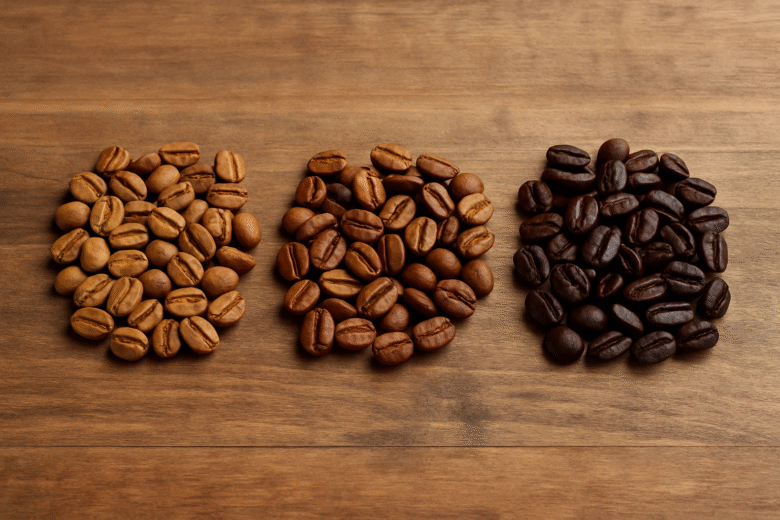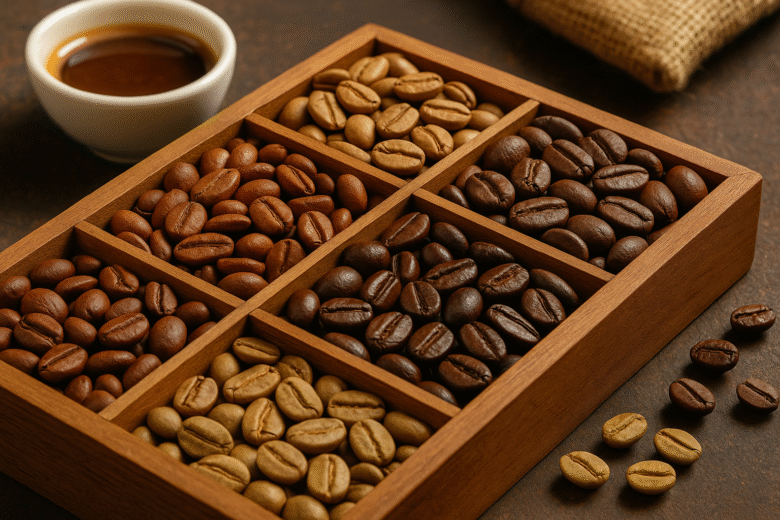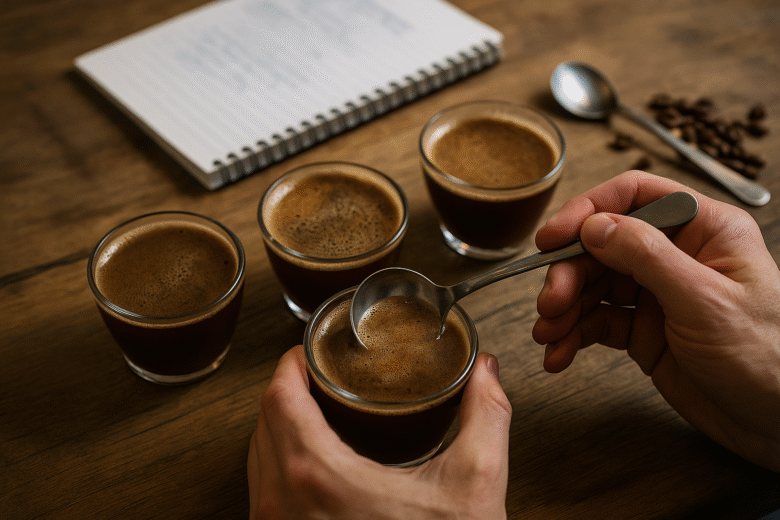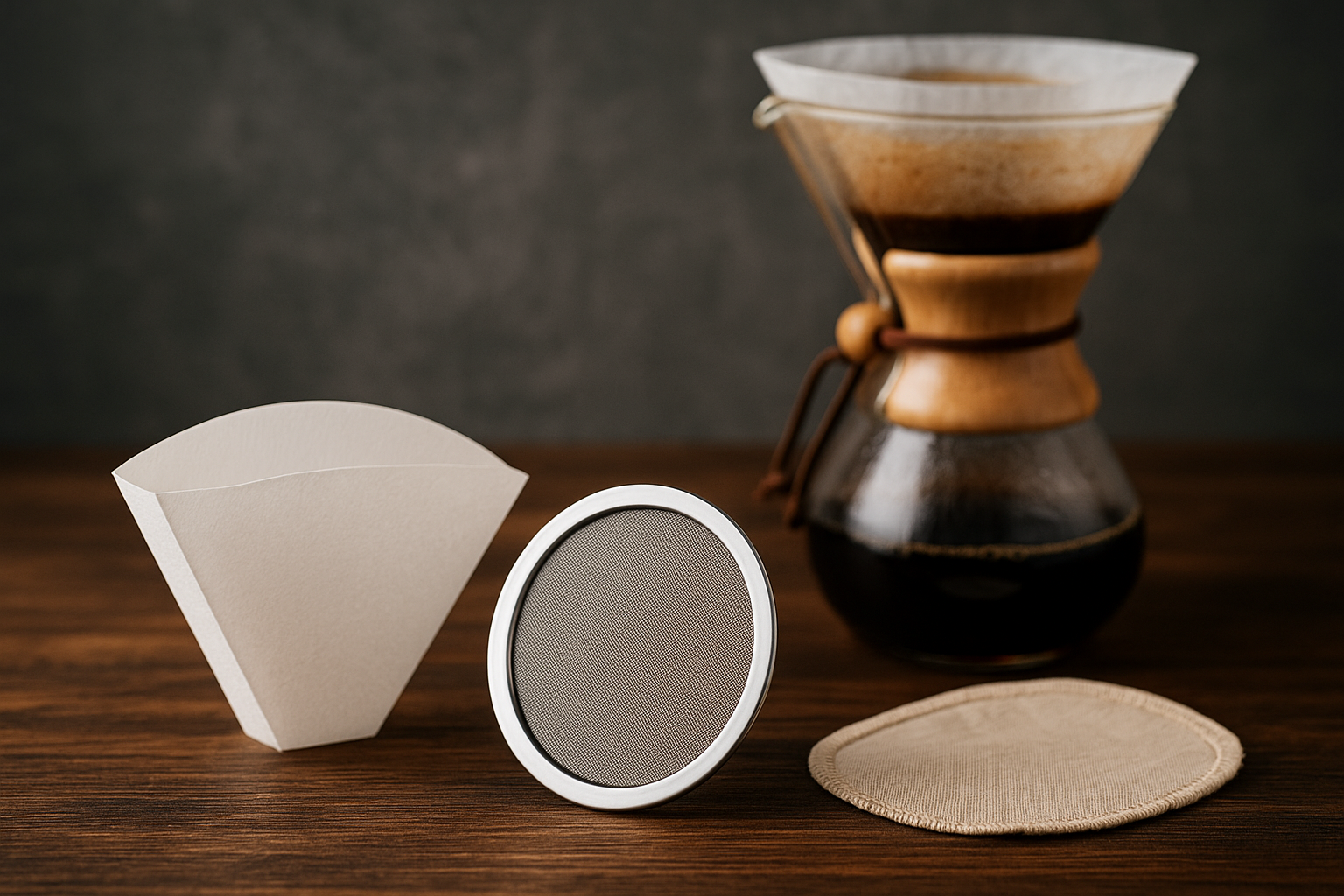If your coffee tastes too bitter, too sour, or just not quite right, the problem might not be your beans or water—it could be the grind size. Understanding how grind size affects extraction is one of the most powerful tools for improving your coffee at home. Each brewing method requires a specific grind to match …
Month: May 2025
For millions of people around the world, the day doesn’t really begin until that first cup of coffee is in hand. Whether it’s brewed at home, picked up from a café, or sipped during the commute, coffee is deeply embedded in morning routines. But beyond tradition and comfort, coffee also has measurable effects on your …
Third-wave coffee is more than a movement—it’s a global shift in how we understand, appreciate, and consume coffee. It values origin, ethics, craftsmanship, and transparency. Unlike previous waves that prioritized convenience or branding, third-wave coffee is all about quality and story. It’s a revolution that starts with the farmer and ends with a thoughtfully brewed …
Just like fruits and vegetables, coffee is a seasonal crop. Depending on where it’s grown, coffee is harvested at specific times of the year, and those harvests influence the freshness, availability, and even the flavor profiles of the beans you drink. While some coffees are available year-round through blending or storage, the freshest and most …
Brewing time is one of the most overlooked factors in coffee preparation. You may have the perfect beans, the right grind size, and filtered water—but if you get the timing wrong, your cup can swing from sour and weak to bitter and overwhelming. Understanding how long your coffee should brew depending on the method you’re …
When you pick up a bag of coffee, one of the first things you’ll see is the roast level: light, medium, or dark. While many people choose based on habit or preference, understanding roast profiles opens up a world of flavor exploration. Roast level doesn’t just change the color of the bean—it transforms the flavor, …
Coffee is one of the most diverse agricultural products on Earth. From fruity and floral to earthy and spicy, the flavors in your cup are shaped by a variety of factors—including the specific variety of the coffee plant itself. While most coffee drinkers are familiar with Arabica and Robusta as species, few realize that Arabica …
Coffee isn’t just for sleepy mornings or work breaks—it can also play a valuable role in your fitness routine. Many athletes and casual exercisers turn to a cup of coffee before hitting the gym, running, or doing yoga. But is this practice truly beneficial? What does science say about using coffee to enhance exercise performance? …
If you’ve ever watched a barista slurp coffee from a spoon at a café or roastery, you’ve witnessed a ritual called cupping—a standard method used to taste and evaluate coffee. Though it may look technical or intimidating, cupping is actually one of the most accessible ways to develop your coffee palate and better understand what …
Most people don’t think twice about the coffee filter they use. It’s just a piece of paper—or metal or cloth—that holds the grounds, right? But in reality, the type of filter you choose plays a crucial role in shaping your coffee’s flavor, body, texture, and even its aroma. Whether you prefer a clean, crisp cup …








